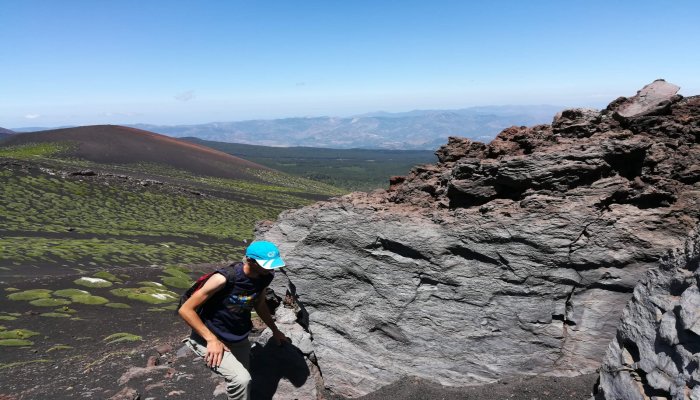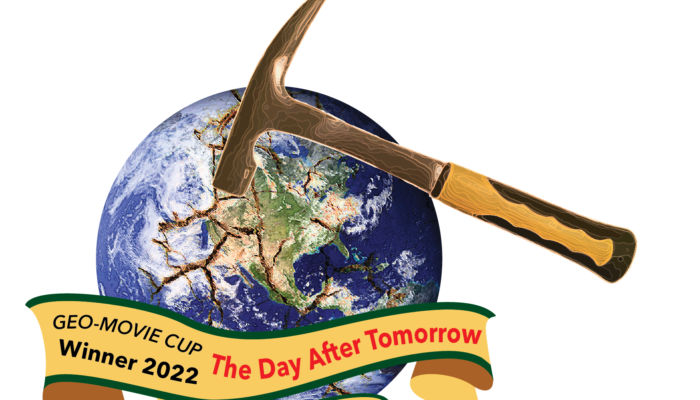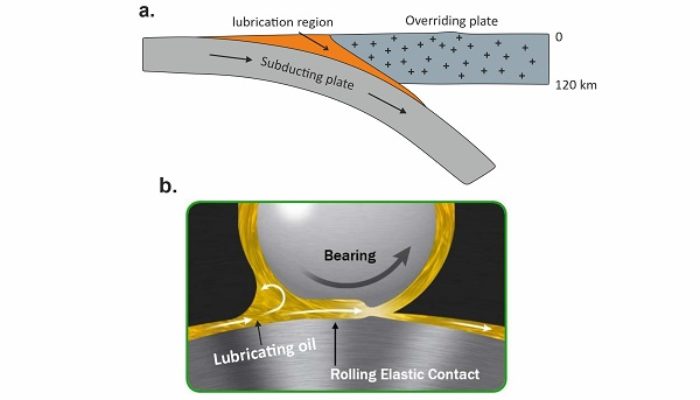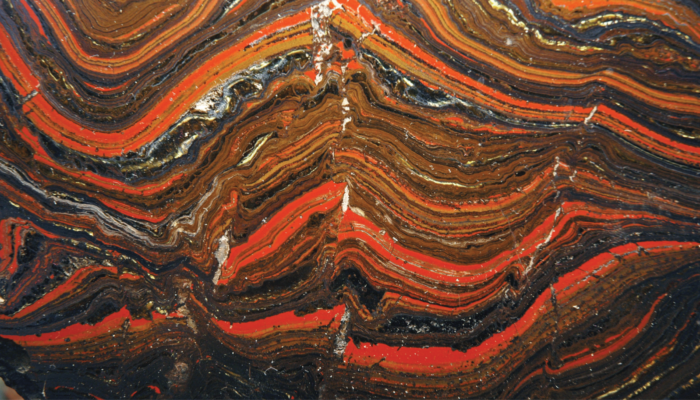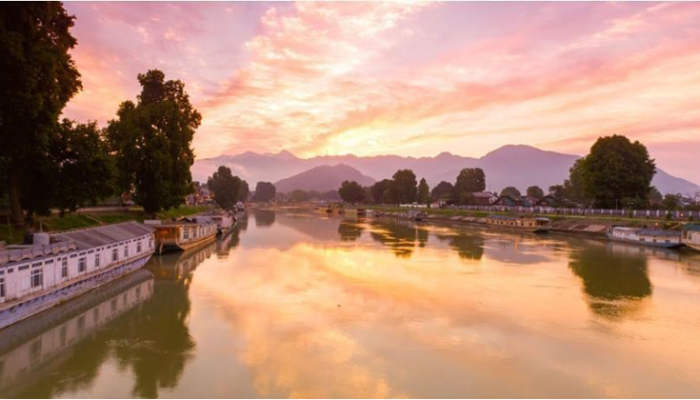Every scientist wants to squeeze a holiday or two into their calendar. However, finding the time in between all of your other commitments can be hard. Adeline, much like the rest of us, is desperate to get away from campus for a while and find somewhere to relax for a few days, so here I am to help you solve the age old question: How do you plan a holiday when your schedule is always so full? Dear ...[Read More]
Soil System Sciences
Feels like the first time at the EGU…
After a couple of years of online conferences, Early Career Scientists of the EGU’s Soils System Sciences division share their experiences of this year’s General Assembly which was held in a hybrid format. This week, we hear from Diana Vieira So, this was it. Our first EGU after the COVID pandemic, and we missed it a lot! I was fortunate to know how the EGU was before, so ...[Read More]
Geodynamics
The “Geo-journey” of a PhD Candidate Geophysicist from Sicily to Uppsala.
Does the sound of pursuing a Ph.D. terrify you? Well, fear not because this week we have Samuel Zappalà from Uppsala University to tell us more about his inspiring story as a Ph.D. student at the Department of Earth Science in Uppsala. And, who knows maybe you will be inspired to pursue a Ph.D. in the future? How many times have you wondered if it is worth taking the risk to pursue a Ph.D. abroad, ...[Read More]
Seismology
Geo-Movie Cup 2022 – We have a Winner!!!
The audience are on the edge of their seats… The tension is palpable… Which disaster film will beat the rest to be the best of the worst? The results are in for the Geo-Movie Cup 2022! As detailed in our previous blog, the EGU Seismology ECS team love those geological disaster films that are so bad, they’re good. 2020’s winner, “The Core”, was taken out of the r ...[Read More]
Geodynamics
Application of lubrication theory in understanding subduction interface dynamics
Plate interface lubrication is essential for stabilization and continuation of subduction process for million of years. The magnitude of plate interface lubrication determines transfer of stress between two converging plates, topography of mountain belts, transportation of volatiles to the mantle, and return flow of high to ultra-high pressure rocks to the earth’s surface. In this week’s blog, I ...[Read More]
Geodynamics
The Sassy Scientist – Working in a Warming World
You’ve spent months battling with radiators and cold wet weather, but the summer is finally upon us and to make things even worse we’re heading into a heatwave. The office that just weeks ago seemed impossible to keep warm is now so sweltering it feels as though you’re stepping into the sauna when you arrive each morning. Like most people, Jamie has been struggling with this, so I’m here to offer ...[Read More]
Tectonics and Structural Geology
Geomythology. The Sicilian Trilogy – Part III: The Cyclopes, the Skeletons, and the Dwarfs Elephants
Strangers, who are you? Where do sail from? Are you traders, or do you sail the as rovers, with your hands against every man, and every man’s hand against you?” … “Stranger, you are a fool, or else you know nothing of this country. Talk to me, indeed, about fearing the gods or shunning their anger? We Cyclopes do not care about Jove or any of your blessed gods, for we are ever so much ...[Read More]
Geochemistry, Mineralogy, Petrology & Volcanology
Sedimentary Rocks – Insight Into The Past And Future Climate
In the recent past, a lot of effort has been directed toward evaluating the consequences of the rapidly rising global temperatures. Among them, one very alarming consequence is ocean acidification (Fauville et al, 2012; Gatusso et al, 2015). Ocean acidification is the direct result of atmospheric CO2 increase caused in part by anthropogenic activities such as burning fossil fuels for energy activi ...[Read More]
Geodynamics
The Marie Skłodowska-Curie Postdoctoral Fellowship
The summer months are often considered the cucumber season both in politics and in academia. However, there are several young researchers who use these months to work like crazy on proposals for the Marie Skłodowska-Curie Actions Postdoctoral Fellowship call. To give some inspiration to these young academic adventurers, I asked some current and recently awarded MSCA Fellows to share their experien ...[Read More]
Natural Hazards
Active faulting causes subsidence-related flooding: the example of the Kashmir basin of NW Himalaya
Flood hazards often turn destructive and cause substantial loss of life and assets. Annually floods cause significant damage; for example, during the last decade of the 20th century, around 100,000 people lost their lives, and more than 1.4 billion people were affected [1]. Historically, flooding has been viewed as a friend and foe of human civilisations. As a good friend, floods bring nutritious, ...[Read More]


